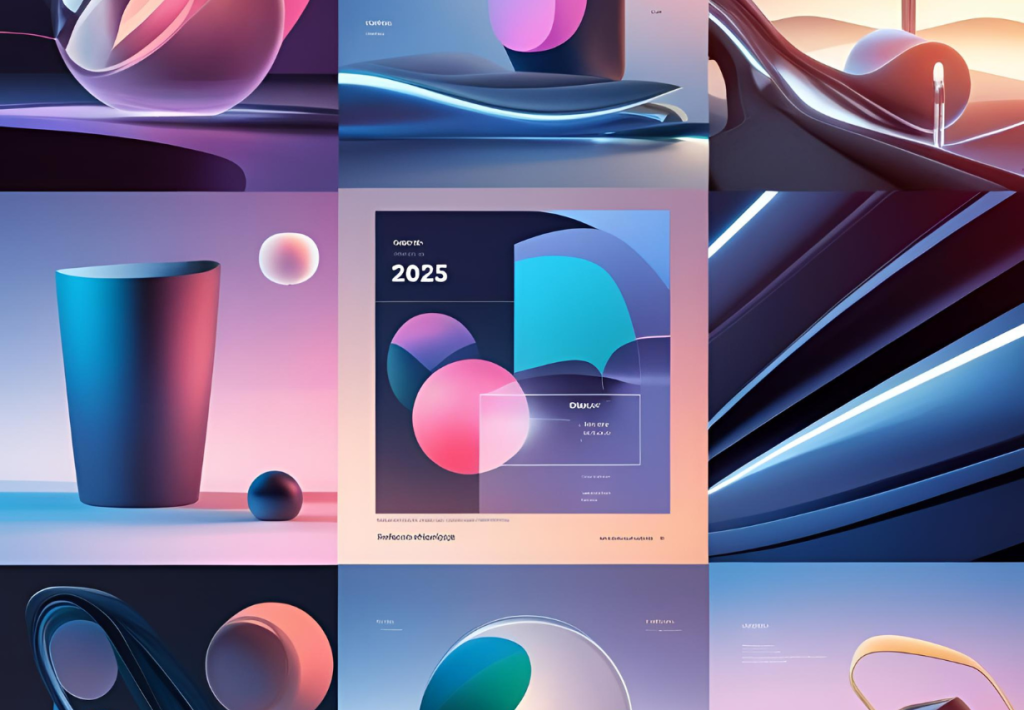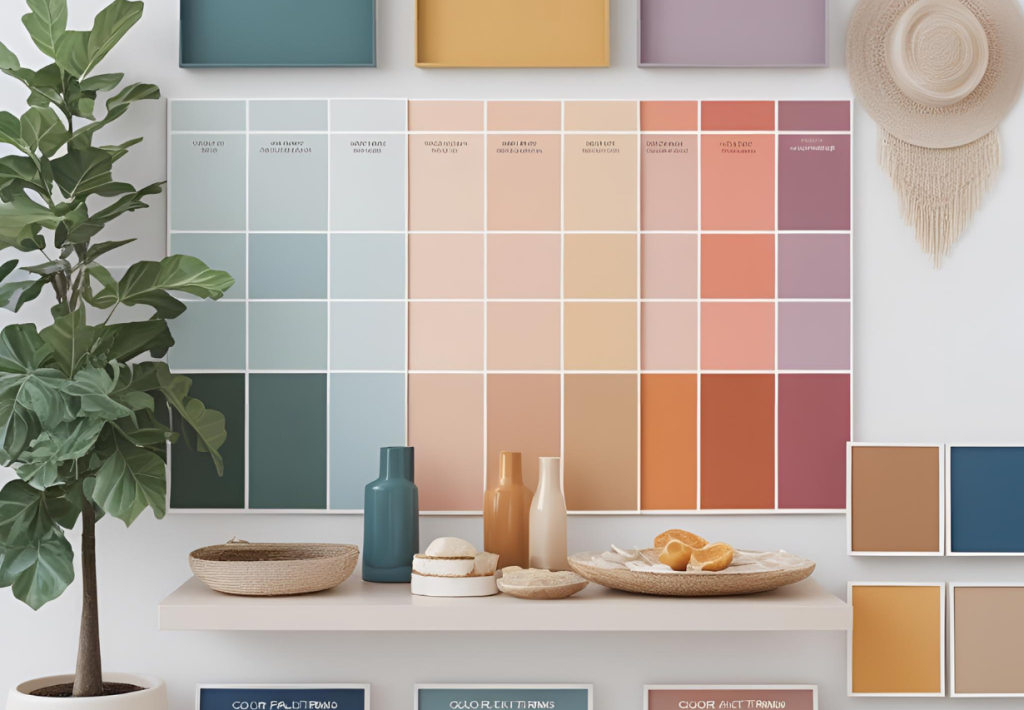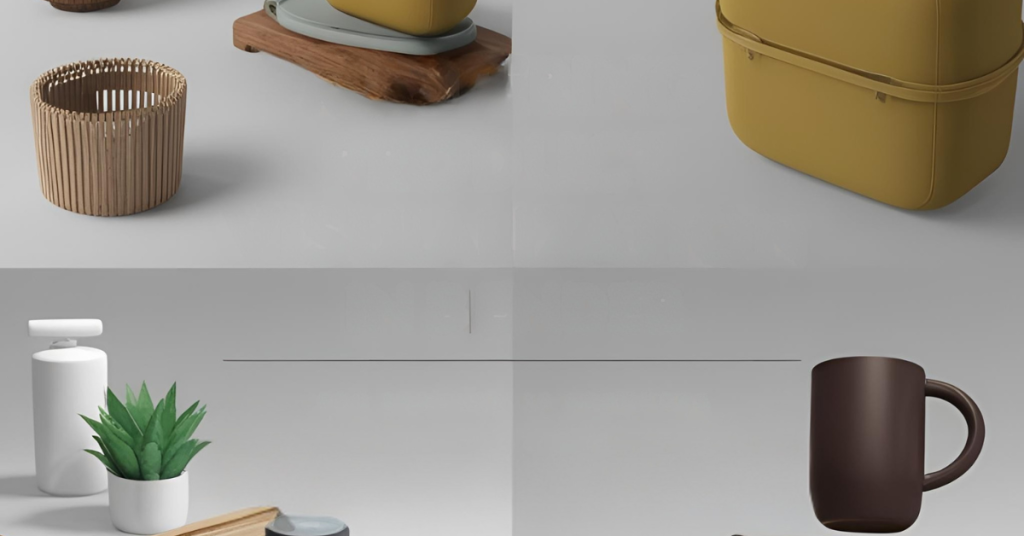As a beginner in the world of design, understanding what is a 3D mockup and how it works can seem daunting. However, with the right guidance, anyone can learn the basics of 3D mockups and start creating stunning visualizations. In this comprehensive guide, we’ll take you through the basics, their importance in design, and provide a step-by-step guide on how to get started with creating your own mockups using Designmocker packaging mockup tool.
Introduction to 3D Mockup Design
3D design involves creating three-dimensional models of objects using computer-aided design (CAD) software or other modeling tools. It has numerous applications in various fields, including architecture, product design, and visual effects. With the advancement of technology, 3D design has become more accessible, and designers can now create complex models with ease.
What is a 3D Mockup?
A 3D mockup is a digital representation of a product or object in a realistic environment. It’s a powerful tool used to visualize and showcase designs before they’re physically produced. 3D mockups can be used to demonstrate product features, test design concepts, and create engaging marketing materials. In essence, it is a virtual prototype that helps designers, marketers, and businesses communicate their ideas more effectively.
Basics of 3D Mockups
To create a mockup, you’ll need to follow a series of steps. First, you’ll need to choose a modeling software that suits your needs. There are many options available, including Blender, SketchUp, and Designmocker’s 3D packaging mockup tool. Once you’ve selected your software, you’ll need to create a model of your product or object. This involves designing the shape, texture, and color of your model.
Next, you’ll need to add textures and materials to your model to give it a realistic appearance. This involves selecting the right materials, such as wood, metal, or plastic, and applying them to your model. Finally, you’ll need to set up lighting and environment settings to create a realistic scene. This involves adjusting the lighting, shadows, and background to create a convincing atmosphere.
Benefits of Using 3D Mockups
One of the primary advantages is improved design visualization. 3D mockups enable designers to visualize their designs in a realistic environment, which helps identify design flaws and errors. This leads to better design decision-making and reduces the need for costly revisions.
3D mockups facilitate clear communication between designers, stakeholders, and clients. They provide a common language that everyone can understand, which helps avoid misunderstandings and miscommunications. Additionally, these mockups can be used to create engaging marketing materials, such as product demonstrations, tutorials, and advertisements.
Importance of 3D Mockups in Design
3D mockups play a crucial role in the design process. They enable designers to test and refine their designs before they’re physically produced. This reduces the risk of design errors and saves time and resources. Additionally, 3D mockups can be used to create interactive and immersive experiences, which helps designers connect with their audience on a deeper level.
Beginner’s Guide to 3D Visualization with Designmocker
Designmocker’s packaging mockup tool is an excellent resource for beginners. Here’s a step-by-step guide on how to get started:
Designmocker offers a user-friendly interface that makes it easy to create stunning 3D mockups. To get started, simply sign up for a Designmocker account and choose a pre-made template that suits your design needs. From there, you can customize your design using Designmocker’s intuitive tools and features.
Tips and Tricks for Creating Stunning 3D Mockups
To create stunning 3D mockups, there are several tips and tricks to keep in mind. First, pay attention to lighting and shading. Proper lighting can make or break a mockup, so take the time to adjust the lighting settings to create a realistic atmosphere. Second, use high-quality textures and materials. This will help give your mockup a realistic appearance and make it more engaging.
Third, experiment with different camera angles and perspectives. This will help you find the most flattering angle for your mockup and make it more visually appealing. Finally, don’t be afraid to experiment and try new things. 3D mockups are all about creativity and experimentation, so don’t be afraid to push the boundaries and try new techniques.
Common Mistakes to Avoid When Creating 3D Mockups
When creating 3D mockups, there are several common mistakes to avoid. First, make sure you have a clear understanding of your design goals and objectives. This will help you stay focused and ensure your mockup meets your needs. Second, don’t overcomplicate your design. 3D mockups should be simple and easy to understand, so avoid using too many complex shapes or features.
Third, pay attention to scalability. Make sure your mockup is scalable and can be easily resized without losing quality. Finally, don’t forget to proofread and edit your 3D mockup. Check for any errors or mistakes and make sure everything is accurate and up-to-date.
Best Practices for Using 3D Mockups in Design
When using 3D mockups in design, there are several best practices to keep in mind. 3D mockups are an excellent way to visualize complex designs and communicate them to stakeholders and clients. Second, use these mockups to test and refine design concepts. 3D mockups allow you to test and refine design concepts before they’re physically produced, which saves time and resources.
Third, use 3D mockups to create interactive and engaging marketing materials. Finally, use these mockups to collaborate with stakeholders and clients. 3D mockups provide a common language that everyone can understand, which facilitates clear communication and collaboration.
Conclusion
In conclusion, understanding 3D mockups is essential for designers, marketers, and businesses. By following this comprehensive guide, beginners can learn the basics of packaging mockups and start creating stunning visualizations. Remember to keep practicing, experimenting, and pushing the boundaries of what’s possible with these mockups. With Designmocker’s packaging mockup tool, you can create professional-grade 3D mockups that take your designs to the next level.
Frequently Asked Questions (FAQs)
Q: What is a 3D mockup?
A: A 3D mockup is a digital representation of a product or object in a realistic environment.
Q: What are the benefits of using 3D mockups?
A: 3D mockups offer improved design visualization, enhanced communication, and reduced production costs.
Q: How do I create a 3D mockup?
A: To create a 3D mockup, choose a modeling software, add textures and materials, and set up lighting and environment settings to achieve a finished look.
Q: What are some common mistakes to avoid when creating 3D mockups?
A: Common mistakes include not having a clear understanding of design goals, overcomplicating the design, not paying attention to scalability, and not proofreading and editing the 3D mockup.
By following this comprehensive guide, you’ll be well on your way to becoming proficient in creating stunning 3D mockups that take your designs to the next level.




